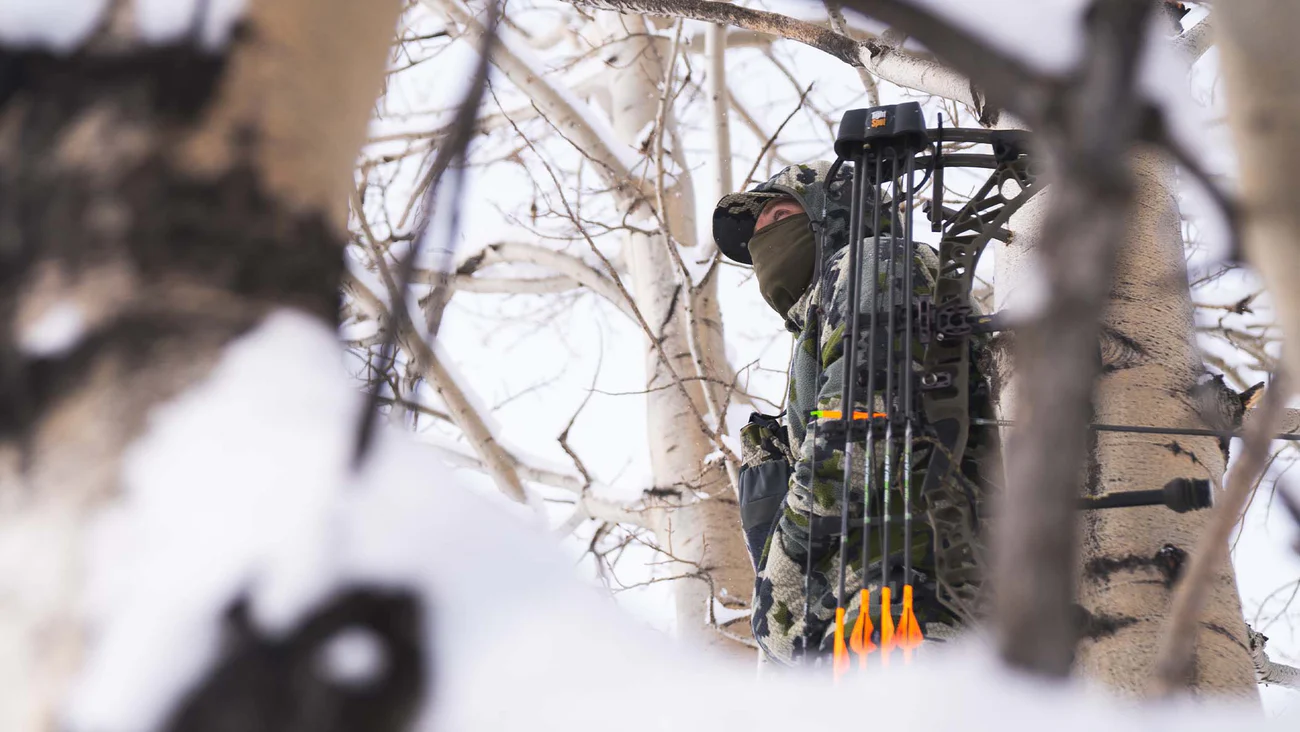
Exploring Nature: Binoculars and Optics for Birdwatching and Wildlife Observation
Introduction: Birdwatching and wildlife observation offer an unparalleled opportunity to connect with nature, observing the beauty and behavior of various bird species and wildlife. To truly immerse yourself in this awe-inspiring activity, having the right equipment is crucial. High-quality binoculars and optics can make all the difference in capturing those precious moments in the wild. In this article, we will explore the world of binoculars and optics, understanding their features, and how they enhance the joy of exploring nature.
Understanding Binoculars: Binoculars come in different types, each designed for specific purposes. Roof prism binoculars are compact and lightweight, ideal for casual birdwatching and travel. Porro prism binoculars, on the other hand, offer a wider field of view, making them perfect for wildlife observation. When choosing binoculars, consider factors such as magnification power, objective lens diameter, and field of view to ensure they suit your preferences and needs.
Optics and Lenses: The quality of lenses greatly impacts the clarity and sharpness of the images you observe. High-quality lenses reduce glare and enhance light transmission, making it easier to spot birds and wildlife even in challenging lighting conditions. Look for binoculars with fully multi-coated lenses to maximize image brightness and contrast.
Magnification and Field of View: Balancing magnification and field of view is essential for a satisfying birdwatching and wildlife observation experience. Higher magnification allows you to see details up close, but it may compromise image stability, especially without a tripod. On the other hand, a wider field of view helps you track fast-moving animals and capture panoramic landscapes.
Image Quality and Brightness: The image quality of your binoculars depends on various factors, including the size of the objective lens and the exit pupil. Larger objective lenses allow more light to enter, resulting in brighter images, especially in low-light conditions. Understanding the relationship between magnification and brightness helps you find the right balance for your needs.
Ergonomics and Design: Comfort plays a significant role during extended birdwatching and wildlife observation sessions. Opt for binoculars with a comfortable grip and balanced weight distribution to reduce strain on your hands and arms. Additionally, choose models that are waterproof and fog-proof to withstand outdoor conditions.
Choosing Binoculars for Specific Scenarios: The type of environment you’ll be exploring influences the choice of binoculars. In dense forests, binoculars with a wide field of view are valuable for spotting birds hiding in foliage. In open fields, higher magnification helps you observe wildlife in the distance.
Top Brands and Models: Several reputable manufacturers offer top-notch binoculars and optics for nature enthusiasts. Brands like Nikon, Zeiss, and Swarovski have gained recognition for producing high-quality and reliable optics. Explore popular models like the Nikon Monarch and Swarovski EL for exceptional experiences.
Maintenance and Care: Caring for your binoculars properly ensures they remain in excellent condition for years to come. Clean the lenses using a microfiber cloth and lens cleaning solution. Store them in a dry and protective case when not in use. Regular maintenance will help maintain image clarity and performance.
Accessories for Enhanced Experience: Enhance your birdwatching and wildlife observation experiences with the right accessories. Tripods and stabilizers provide stability, preventing hand fatigue during extended viewing. Smartphone adapters enable you to capture stunning photos and videos through your binoculars, a technique known as digiscoping.
Ethics of Birdwatching and Wildlife Observation: Respect for wildlife and their habitats is essential. Keep a safe distance from animals to avoid stressing them or interfering with their natural behavior. Adhere to local regulations and contribute to conservation efforts to preserve the environment for future generations.
Benefits of Birdwatching and Wildlife Observation: Beyond the sheer enjoyment of observing nature, birdwatching and wildlife observation offer numerous health benefits. Spending time in nature reduces stress, promotes mindfulness, and boosts mental well-being. It also provides an opportunity to learn about different species and ecosystems.

Safety Tips for Outdoor Observation: Outdoor activities require preparation and caution. Check the weather forecast before heading out and dress accordingly. Carry essential supplies, such as water, snacks, and a first aid kit. Be aware of your surroundings and be respectful of other outdoor enthusiasts.
Birdwatching and Wildlife Observation: A Global Community: Birdwatching and wildlife observation have created a vast community of nature enthusiasts worldwide. Join local birdwatching clubs and participate in group excursions to share your passion and knowledge. Engaging in online forums and citizen science projects allows you to contribute to research and conservation efforts.
Conclusion: Exploring nature through birdwatching and wildlife observation is a rewarding and fulfilling experience. Equipped with high-quality binoculars and optics, you can embark on captivating adventures, observing the wonders of the natural world. Remember to approach this activity with respect, mindfulness, and a sense of wonder, for nature has much to offer those who seek its beauty.
FAQs (Frequently Asked Questions):
- Can I use binoculars for activities other than birdwatching and wildlife observation? Absolutely! Binoculars are versatile tools and can enhance various outdoor activities like hiking, stargazing, and sports events.
- What is the ideal magnification for birdwatching? Magnifications between 8x and 10x strike a good balance between image stability and observing details.
- Can I clean the lenses with just any cloth? No, it’s best to use a microfiber cloth specifically designed for cleaning optics to avoid scratching the lenses.
- Are waterproof binoculars necessary for birdwatching? While not essential, waterproof binoculars provide added protection during unexpected rain or wet conditions.
- How can I contribute to wildlife conservation while birdwatching? You can participate in citizen science projects, report sightings of rare species, and support conservation organizations.



